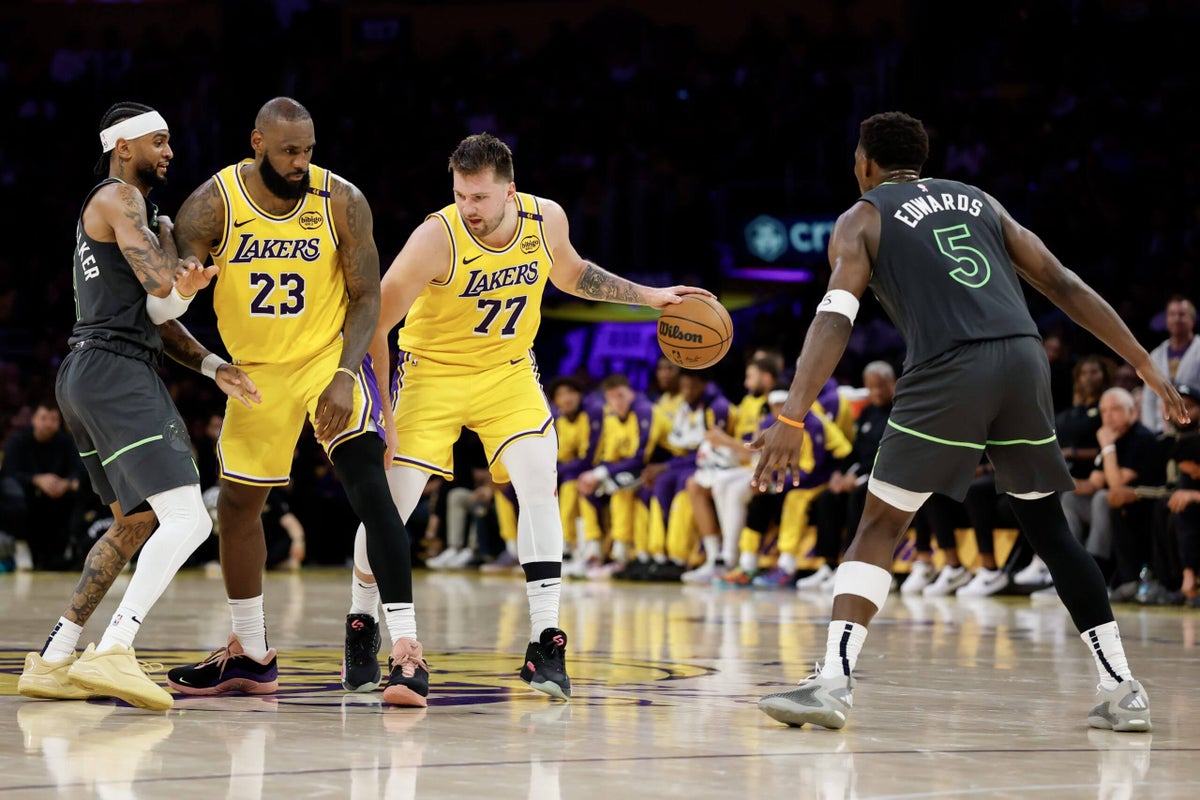

After a disappointing first-round playoff exit, the Los Angeles Lakers have another eventful summer ahead.
Any discussion about the Lakers’ offseason starts at the top of the roster. LeBron James has a $52.6 million player option he has to decide on by June 29. Luka Dončić is eligible for a four-year, $229-million extension on Aug. 2. Those decisions — both out of the Lakers’ control, to some degree — will dictate the tenor of the summer.
Advertisement
Beyond the superstars, the Lakers face potentially difficult decisions with some starters and key rotation players. The rest of the roster needs improvement, including a new starting center and more size and athleticism. They also must do so despite having limited means to upgrade the roster via free agency and/or trade.
“We know we have a lot of work to do on the roster, and it will look different next year, for sure,” Lakers president of basketball operations and general manager Rob Pelinka said.
Here is a road map for the Lakers’ offseason.
Salary cap overview
Barring James retiring, leaving for another team or taking a massive pay cut — the latter of which is unlikely, as The Athletic previously reported — the Lakers are not projected to have cap space this summer. They project as a luxury-tax team that will potentially pass the first apron, if not push up against the second apron.
Their primary way to upgrade their roster will be a future first-round pick (either 2031 or 2032), over $70 million in expiring contracts and either the the non-taxpayer midlevel exception (projected to start at $14.1 million annually) or the taxpayer midlevel exception (projected to start at $5.7 million annually) in free agency.
Heading into next season, the Lakers have eight players with guaranteed contracts: Dončić ($45,999,660), Rui Hachimura ($18,259,259), Austin Reaves ($13,937,574), Jarred Vanderbilt ($11,571,429), Gabe Vincent ($11,500,000), Maxi Kleber ($11,000,000), Dalton Knecht ($4,010,160) and Bronny James ($1,955,377). That adds up to $118.2 million, or roughly 76 percent of the projected salary cap of $154.6 million for the 2025-26 season.
Lakers’ tentative salary cap
|
Salary (in millions)
|
|
|---|---|
|
Guaranteed Contracts |
$118.23 |
|
Salary Cap |
$154.60 |
|
Luxury Tax |
$187.90 |
|
First Apron |
$195.90 |
|
Second Apron |
$207.80 |
The Lakers also have:
- Two players with player options for next season: James ($52,627,153) and Dorian Finney-Smith ($15,378,480)
- One player with a team option for next season: Jordan Goodwin ($2,349,578)
- One player with a non-guaranteed contract for next season: Shake Milton ($3,000,000)
The Lakers will need to sign at least six more players to reach the league minimum of 14.
Assuming James and Finney-Smith exercise their player options — or James opts out and re-signs, or Finney-Smith opts out and re-signs or extends — the Lakers will be at about $186.2 million in salary. Add in Goodwin’s salary, as he’s a bargain on that figure, and that jumps to $188.6 million — about $1 million into the luxury tax.
Advertisement
That would leave the Lakers with 11 players under contract, one player with a non-guaranteed deal (Milton’s guarantee date is July 20) and three players entering unrestricted free agency: Jaxson Hayes, Markieff Morris and Alex Len.
The Lakers will have the following roster-building tools at their disposal:
- The $14.1 million non-taxpayer midlevel exception, which can be split among multiple players (though it would hard-cap them at the first apron)
- The $5.1 million biannual exception (as long as the Lakers don’t use cap room to sign any players; it would also hard-cap them at the first apron)
- The $5.7 million taxpayer midlevel exception (this would hard-cap them at the second apron; they would have to pick between using the non-taxpayer and taxpayer midlevel exception)
And because they are under the second apron, they can aggregate contracts in a trade, acquire a player in a sign-and-trade (which would hard-cap them at the first apron), and take back more money than they send out in a trade (which would also hard-cap them at the first apron).
Reaves is also extension-eligible, but the maximum the Lakers can offer him is four years, $89.2 million, which is below Reaves’ market value. He can opt out of his contract after the 2025-26 season, when he’d be eligible to make north of $120-plus million.
Roster needs
The Lakers’ most glaring roster need is size, particularly a quality starting center. Hayes failed to replicate his midseason development in the postseason, and the Lakers’ lack of an interior presence was exposed in their five-game, first-round series loss to the Minnesota Timberwolves.
Ideally, the Lakers find a center who can operate as a pick-and-roll partner with Dončić, spacing the floor vertically with his finishing and protect the rim and defensive glass on the other side of the ball.
“It would be great to have a center that was a vertical threat, lob threat, and someone that could protect the interior defensively,” Pelinka said. “I think those would be key. But there’s multiple different types of centers that can be very effective in the league. There’s also spread centers that can protect the rim. We’ll look at those as well. So I wouldn’t want to limit the archetype, but we know we need a big man.”
Those players aren’t easy to acquire, though, especially considering the Lakers’ limited assets. One of the obvious trends from both the regular season and postseason is how important size remains in high-stakes basketball, and many teams are likely to prioritize retaining their bigs or demanding high prices for them on the trade market.
Advertisement
In addition to their center search, the Lakers need more depth, two-way talent and athleticism. Too many of their role players are one-dimensional and lacking athletically. They couldn’t get to 10 playable players in the playoffs — one could argue they barely had six, based on JJ Redick’s lack of trust with the bench — and that has to change. The back end of the roster — Knecht, Kleber, Milton, Morris, Len and Bronny James — must be sharper next season.
“I think in terms of just solidifying our defensive core on the wings and just making sure that we have players that can defend the wing position, that’s an essential need,” Pelinka said. “We see it playing out in the playoffs, and anytime you can upgrade your defensive core on the perimeter, I think that’s going to help.”
2025 NBA Draft
The Lakers don’t own their first-round pick in the 2025 NBA Draft. Their original pick, No. 22, is going to Atlanta via New Orleans (from the Dejounte Murray trade). It’s the final draft pick that Los Angeles is sending out from the Anthony Davis trade with the Pelicans in 2019.
Los Angeles has the No. 55 pick in the second round — the same pick it used to select Bronny James last season.
The Lakers can trade either their 2031 or 2032 draft pick, but not both. They have upwards of five pick swaps (2026, ’28, ’30, ’31 and ’32), though those aren’t projected to have much value given the Lakers are projected to be a contender with Dončić over the next half-decade.
(Photo of LeBron James and Luka Dončić: Harry How / Getty Images)
This news was originally published on this post .




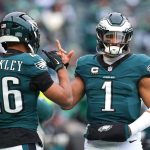
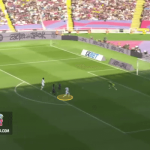
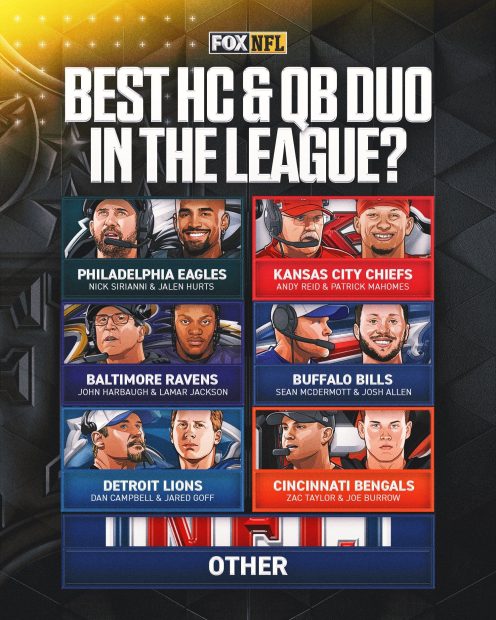
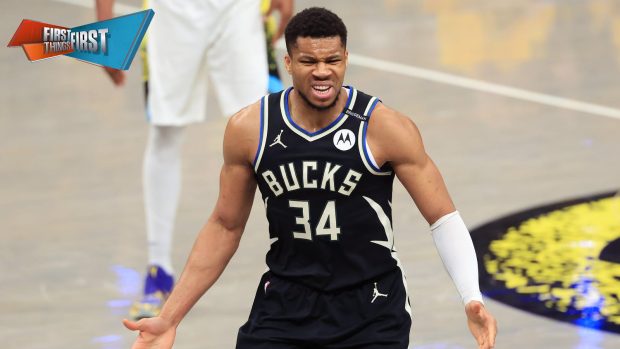
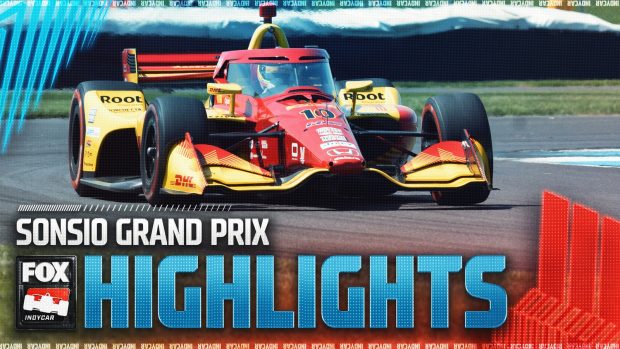
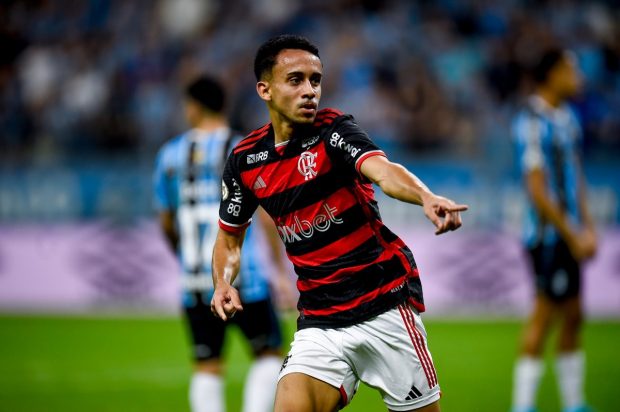
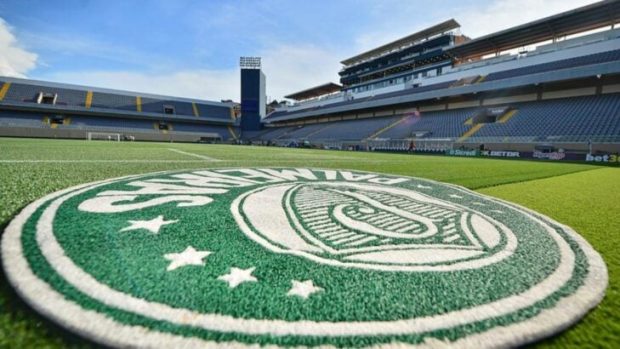
Be the first to leave a comment